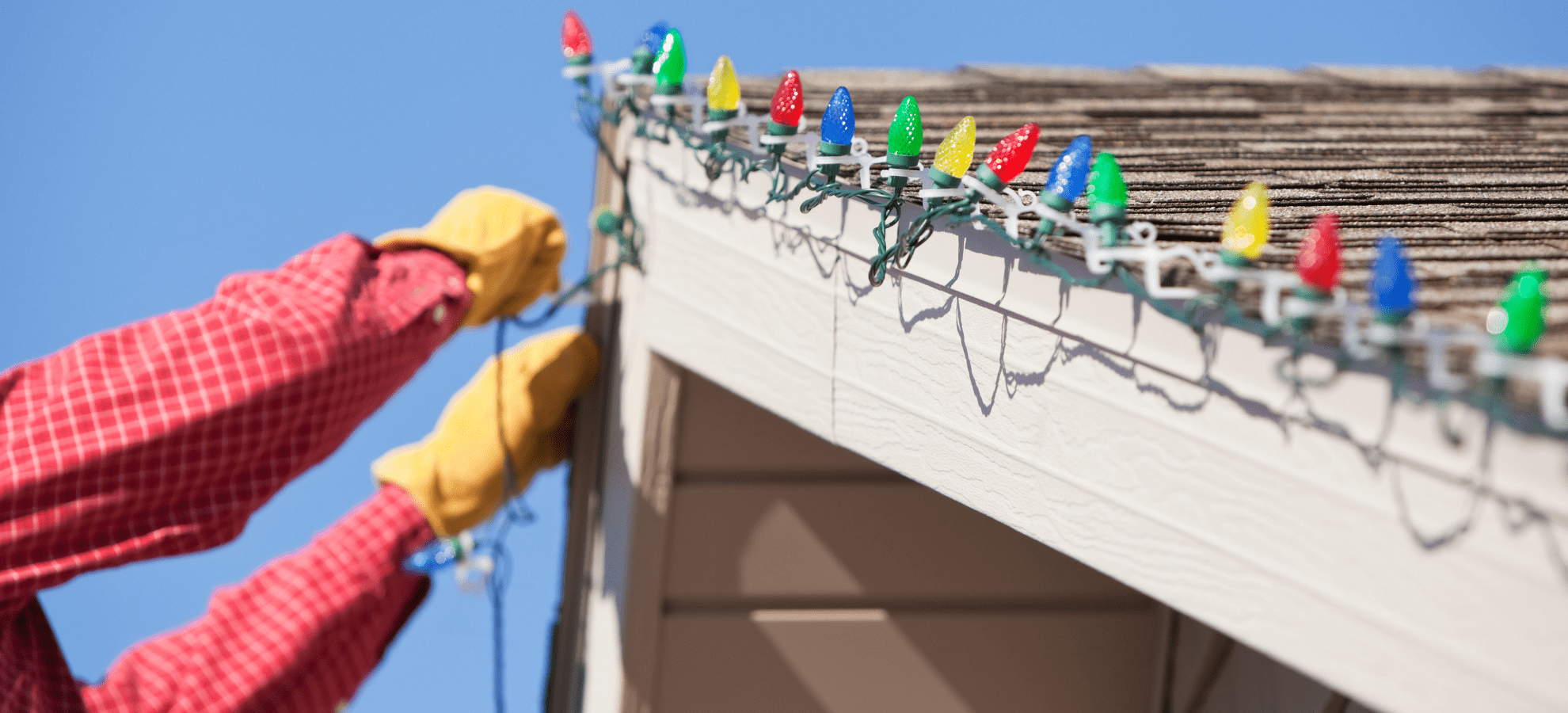Charlie’s Corner is the domain of Charlie, the furry four-legged lady’s man of the Market Common. Each month, he’ll share information to help all new, visiting, and existing doggie community members get the most out of life alongside their human companions. Here, we’ll feature his reflections on what it’s like to be a dashing downtown doggie, as he reminds all of us how to play well together.
This month, our patriotic pooch gets ready to celebrate Independence Day.
Oh boy summer is here! In addition to watermelons, peaches, picnics, and barbecues (my enthusiasm usually lies pretty close to my tummy), this season also brings us the Fourth of July which involves all of the aforementioned things and then some.
People flock to Myrtle Beach to celebrate our nation’s birthday, and for good reason: we’re the most patriotic state of them all, and Myrtle Beach is synonymous with fun and good times. So what better place to attend a birthday party than here, right by the ocean?
Murrells Inlet celebrates in grand style on the water with the Murrells Inlet Boat Parade. Be sure to read about it on our front page. It’s a lively good time, with restaurants serving, flags waving, and music playing. People bedeck their boats, docks, and houses in our nation’s colors of red, white, and blue, and crowd along the Marsh Walk to watch the boats parade along.
I am a very patriotic doggie, and myself always don some red, white, or blue for Independence Day. Which got me thinking: how did those colors come to be on our flag? And what’s the meaning behind our flag?
After finding my research cap (it’s blue by the way), I discovered that those colors were chosen because our nation’s fathers believed our country embodied the values of what those colors symbolize—red for hardiness and valor; white for purity and innocence; and blue for vigilance, perseverance, and justice.
More than two hundred years ago, on June 14, 1777 to be precise, our fledgling government passed what was called the Flag Act— an official decree to establish an official flag for our new country.
It was comprised of alternating red and white stripes to represent the thirteen original colonies that then became thirteen states. A blue rectangle in the upper left corner was called the canton, and referred to specifically as the union. White stars adorned the canton, also representing the number of states that made up our new country.
Over time, the flag went through many evolutions. The current iteration has fifty white stars in the canton, representing all fifty states of the United States of America. It was adopted by President Eisenhower on August 21, 1959, and is the longest-used version of the flag to date.
Myth, folklore, and theory surrounds the creation of our flag. Some sources credit the original 1777 composition to a naval flag designer named Francis Hopkinson of New Jersey (who also signed the Declaration of Independence). He certainly believed that he had created it, as evidenced by the repeated bills that he sent to Congress asking to be paid with a “quarter cask of public wine,” among other things, for his services.
However, a letter to President George Washington in 1779 reveals that at that time there was still no design established for our country to use during war. The myth that Betsy Ross sewed the first American flag was a story that has been widely disseminated through the ages despite there being no evidence whatsoever that it was true.
The story goes that George Washington handed the seamstress a pencil sketch of a flag design he had invented, and asked her to sew it.
Mary Pickersgill also staked a claim in the creation and sewing process, assisted by a thirteen-year-old African American girl named Grace Wisher. There is also a theory that the Washington family’s coat of arms was the inspiration for the stars and stripes.
Whatever may be the story, our flag, also called Stars and Stripes, Old Glory, and the Star-Spangled Banner, is a reminder of the courage, collective effort, and dedication of all of our nation’s fathers to stand for the value of freedom for all citizens.
Now that’s something to remember, honor, and celebrate this Fourth of July!
Until next time,

















